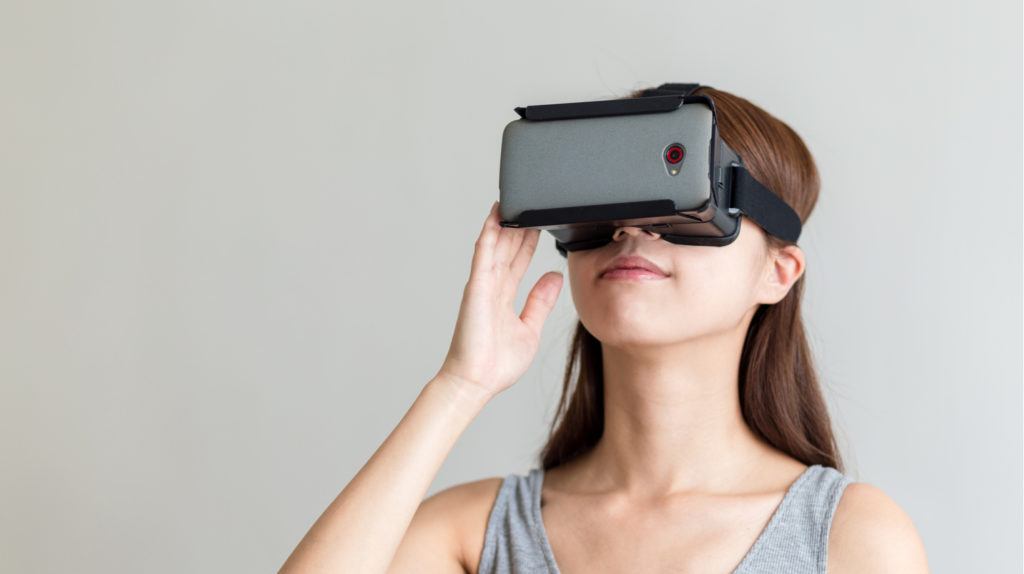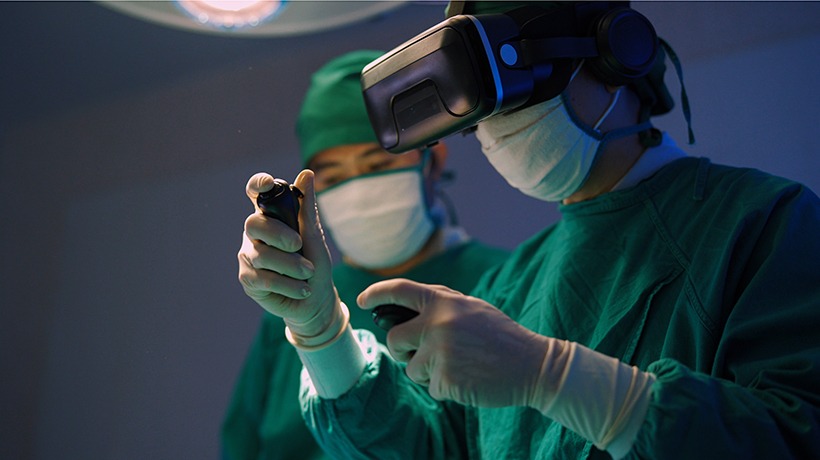Transforming Training and Learning Using Top Immersive Technologies
The scope to improve human lives is limitless, and businesses, public sector bodies, and other organisations are progressively examining how this technology could be tuned to their needs.
I joined the Immersive Tech Summit 2018, hosted by NorthInvest in Leeds, England. The need for engaging training tools was apparent as many exhibitors were approached by L&D professionals looking for solutions.
The event highlighted individuals and businesses in the North that are innovating immersive tech in the region. Topics included how tech is solving business challenges, changing customers' interactions with brands and most notably, how tech is helping to transform lives.
Here are a few evolving projects in the training and learning space worth a look:
The Centre For Immersive Technologies: Driving Road Safety In London
Taking on board a human-centred design approach, the University of Leeds Driving Simulator (UoLDS) claims the most advanced driving simulator for scientific research in the UK and the largest 'CAVE-based' pedestrian simulation environment in the world.
Using the driving simulator, behaviours are measured against a wide variety of road environments. A 360-degree, real-time scene simulates complex traffic scenarios using a 4-metre projection dome and a large motion base. It helps car manufacturers with their product testing and, most recently, the University worked with Transport for London to investigate whether increasing the size of HGV windscreens and lowering driver eye height could improve safety for pedestrians.
They identified solutions that could improve driver reaction times by half a second. Even this small increase could have a big effect on road safety.
Near-Life™ And HostileWorld
Robust decision-making processes can be time-consuming, expensive and, sometimes, hazardous. Digital Training Solutions' online Near-Life™ learning approach supports interactive video that encourages learners to make decisions under time pressure in a completely safe space.
DTS are taking training into the gamification space and simulating real-life scenarios with branching narratives. Their Near-Life™ HostileWorld platform is just one example of how gamification in online learning works. Journalists, aid workers and others stationed overseas are given access to crucial skills and knowledge that will save.
By combining Near-Life™ interactive video with eLearning technology, HostileWorld provides a digital solution that allows NGOs, civilian workers and journalists to practice in a safe space under realistic time-pressure – building resilience and improving awareness for those who may not have been able to access conventional training.
DTS worked closely with the UK's International Search and Rescue teams to ensure that the material is as relevant as possible to those going on a mission.
The interactive video seems to be the less expensive and most suitable tech trend of the moment. Other sectors, such as TV, marketing and advertising are most definitely incorporating this technique too.
The Virtual Engineering Centre And Alder Hey Children’s Hospital: A Virtual Heart
The Virtual Engineering Centre, a University of Liverpool School of Engineering initiative, has developed a new surgical planning technique using Virtual Reality (VR) tools developed for the automotive sector to assist in the preparation of complex operations.
Using emerging VR technology, the children’s hospital developed a prototype system that allowed surgeons to better plan for complicated interventions. The hope was to increase the likelihood of successful first-time outcomes.
Using MRI and CT scan data, they produced a virtual heart that could be manipulated through either voice recognition or gesture control. Mr. Iain Hennessey, Clinical Director of Innovations at Alder Hey Children’s Hospital, is excited to see the prototype develop into a product which could be used within the hospital’s new Innovation Hub.
"The ability to accurately assess the miniature detail of a sick child’s heart, using advanced 3D visuals is a technology that we will continue to pursue in partnership with the VEC."
Final Thoughts
Immersive technologies have been embraced by numerous industries, such as brand advertising, engineering, education, medicine, car manufacturing, and retail. Immersive technologies optimize operators by changing their behavior and skill level in a sustainable way with our people, processes and technology. Immersive technology refers to technology that attempts to emulate a physical world through the means of a digital or simulated world, thereby creating a sense of immersion.
Gartner predicts that by 2019, AR, VR, and Mixed Reality (MR) solutions will be evaluated and adopted in 20% of large-enterprise businesses. This prediction for rapid uptake is based on the increasing range of applications with the enterprise.









